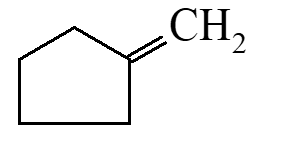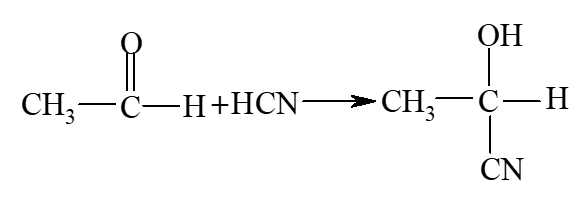Maths-
General
Easy
Question
If  and
and  then
then 
- 1
- 3
- 4
- 5

In the question we will simplify the given equations using some trigonometric identities.
The correct answer is: 4


on multiplying equation 1 and 2,

Related Questions to study
Maths-
The maximum value of  under the restrictions
under the restrictions  and
and  is
is
The maximum value of  under the restrictions
under the restrictions  and
and  is
is
Maths-General
Maths-
Let  be two sets. Then
be two sets. Then
Let  be two sets. Then
be two sets. Then
Maths-General
Maths-
If  then
then  is
is
If  then
then  is
is
Maths-General
physics-
A long cylindrical tube carries a highly polished piston and has a side opening. A tuning fork of frequency n is sounded at the sound heard by the listener charges if the piston is moves in or out. At a particular position of the piston is moved through a distance of 9 cm, the intensity of sound becomes minimum, if the speed of sound is 360 m/s, the value of n is

A long cylindrical tube carries a highly polished piston and has a side opening. A tuning fork of frequency n is sounded at the sound heard by the listener charges if the piston is moves in or out. At a particular position of the piston is moved through a distance of 9 cm, the intensity of sound becomes minimum, if the speed of sound is 360 m/s, the value of n is

physics-General
Maths-
The value of
The value of
Maths-General
Maths-
For any real , the maximum value of
is
For any real , the maximum value of
is
Maths-General
chemistry-
 Identify A and B
Identify A and B
 Identify A and B
Identify A and B
chemistry-General
Maths-
If  then sin (A-B) =
then sin (A-B) =
If  then sin (A-B) =
then sin (A-B) =
Maths-General
chemistry-
Observer the following reactions and predict the nature of A and B

Observer the following reactions and predict the nature of A and B

chemistry-General
chemistry-
 on ozonolysis gives
on ozonolysis gives
 on ozonolysis gives
on ozonolysis gives
chemistry-General
chemistry-
Which of the following reactions will yield 2, 2-dibromopropane?
Which of the following reactions will yield 2, 2-dibromopropane?
chemistry-General
Maths-
If  then
then  is equal to
is equal to
If  then
then  is equal to
is equal to
Maths-General
Maths-
If  where
where  being an acute angle then
being an acute angle then 
 is equal to
is equal to
If  where
where  being an acute angle then
being an acute angle then 
 is equal to
is equal to
Maths-General
maths-
Let A,B,C be three angles such that  and
and  . Then, all possible values of P such that A,B,C are the angles of a triangle is
. Then, all possible values of P such that A,B,C are the angles of a triangle is
Let A,B,C be three angles such that  and
and  . Then, all possible values of P such that A,B,C are the angles of a triangle is
. Then, all possible values of P such that A,B,C are the angles of a triangle is
maths-General
chemistry-
 is an example for
is an example for
 is an example for
is an example for
chemistry-General



